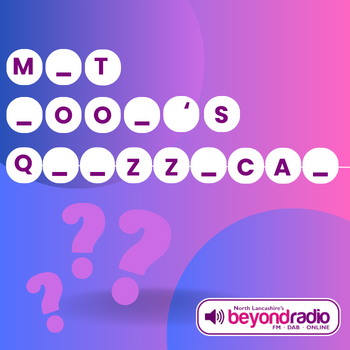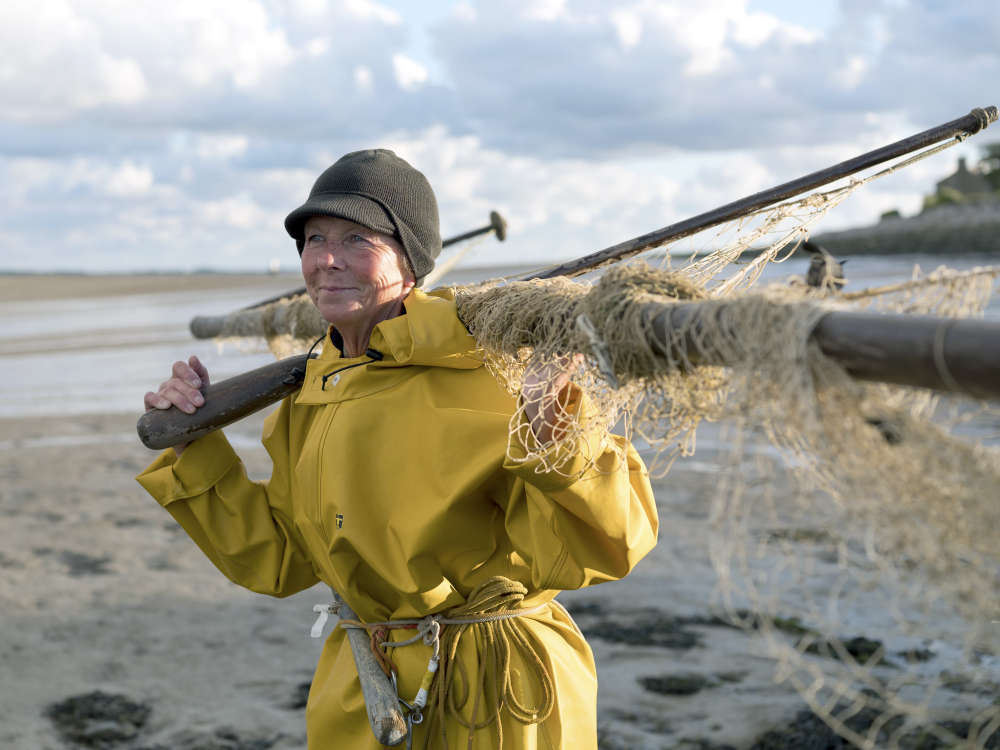
The only fisherwoman in the UK fully licensed to use an ancient netting practice has spoken to Beyond Radio about her love for the dangers of fishing on the Lune.
Margaret Owen was speaking on a visit to Heysham where an art installation has been unveiled paying homage to her 'Haaf Net' method of fishing.
Haaf netting is a traditional and long-established fishing practice dating back to Viking times.
At the age of 72, Margaret stands in the River Lune, using a long pole with a net to catch trout, in often dark and dangerous conditions, sometimes up to her waist in fast-flowing water.
But she says she absolutely loves it.
LISTEN to Margaret Owen speaking to Sam Cragg on Beyond Radio
Margaret, from Sunderland Point, said she started Haaf netting after helping her fisherman husband Trevor.
Previously she worked in a dental practice two days a week, while working as a fisherwoman for the other five days.
"I'm the only fully licensed woman in the UK to do it," said Margaret.
"Most people ether think it's OK or I'm completely nuts.
"It involves going down to the River Lune, between four and six hours after high water, depending on the height of the tide and what's going on in the river, and I usually stand between four to six hours, one way as it's going out, then turn around.
"It's morning, noon and night. But the benefits are unbelievable. Never mind the fishing, it's what you see.
"You see rainbows that are upside down, you see shooting stars, you get the satisfaction of just standing in the water.
"Although the night fishing is tremendous, absolutely wonderful, it comes at a price. You are on your own, it is quite dangerous, and you've got to be daft enough to do it.
"I got into doing it and I absolutely loved it. When I first went to live at Sunderland Point, I used to see the men going down and I used to think, I could do that.
"My husband started fishing and I started helping him, and I thought right, I've got the credentials to do it, I'm going to apply. And I got the licence. And I've enjoyed every minute of it since.
"I'm 72 now. I think this year might be by last. My husband had a stroke and it's difficult to leave him. But I said this three years ago and I couldn't resist keeping going.
"You see wonderful sights like otters swimming towards you, you have bad times when it's pouring down and windy and you can't stand up, but for some reason you have to go back and slip in that water.
"It's just like a drug. I feel like I've been privileged to do it."
Margaret is pictured here with the Haaf Net of Hope, on display in Heysham village, with Phil Lee from Heysham Neighbourhood Council and artist Iain Davidson.
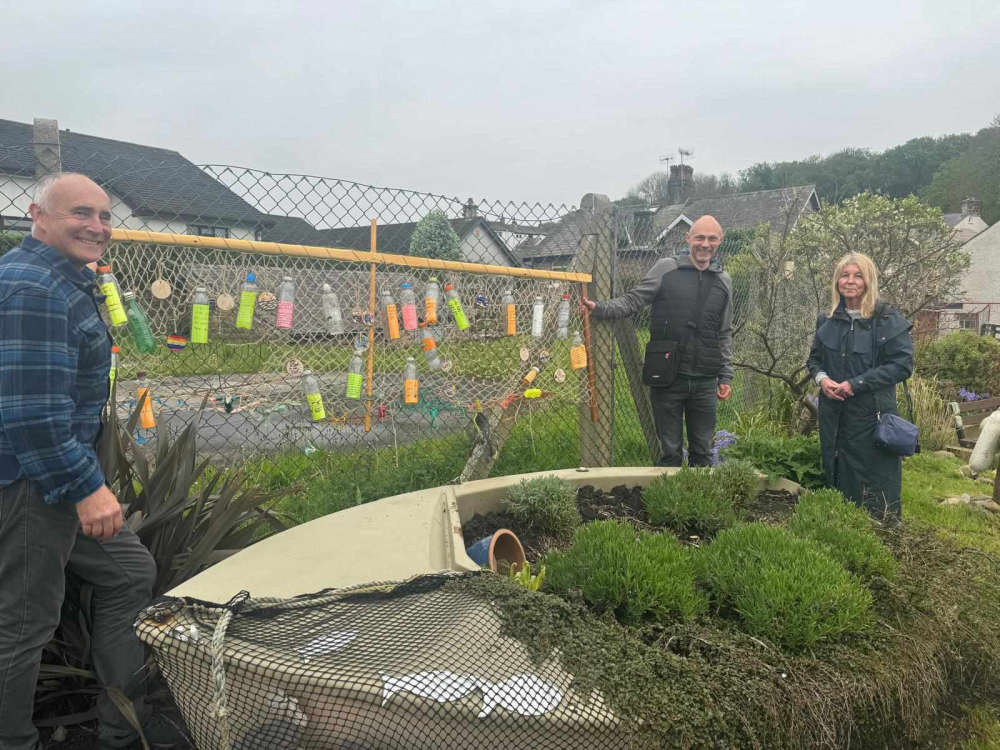
The Haaf Net of Hope and messages in a bottle project has been installed in Heysham Village eco coastal garden, to share a message of past, present and future hopes for the environment and coastal life.
At a recent workshop held at St James' Church in Heysham, people were invited to bring a small clean plastic bottle, write a message and hang it on the Haaf net, and meet artist Iain Davidson and Margaret.
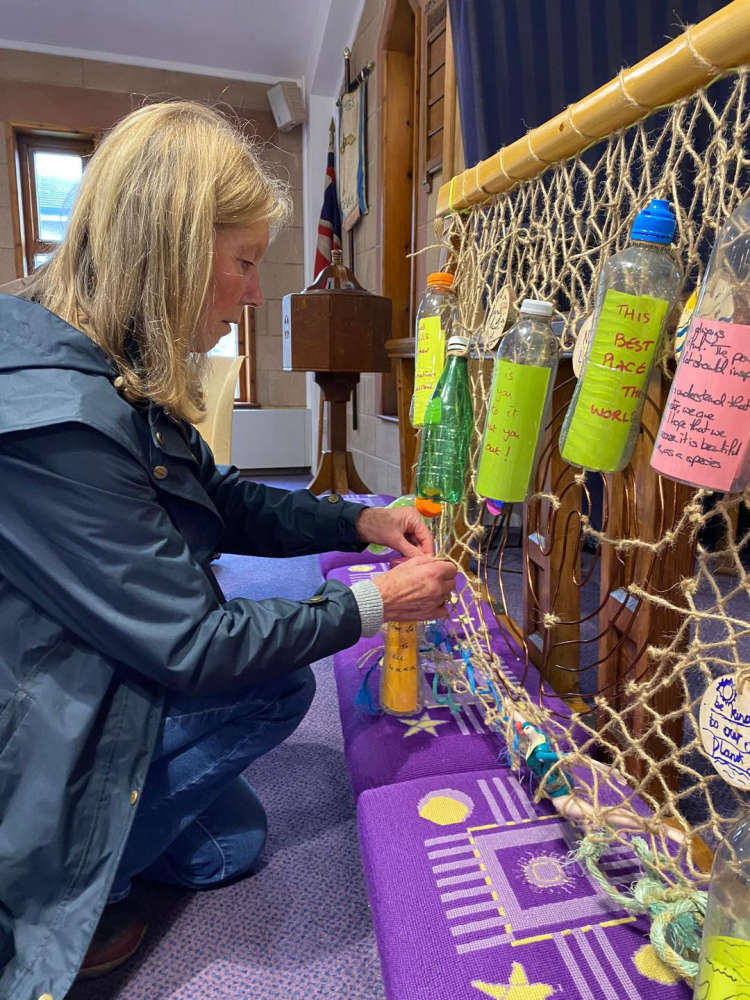
The project began as part of Iain's Masters Degree in Contemporary Art and Archaeology.
He was inspired when researching indigenous artists and their responses to climate change.
"It struck me that this ancient Viking practice, method of fishing, and all the crafts that go with it, are as close as we get to these practices that go back generation after generation," said Iain.
"So I visited Sunderland Point and learned how to make the Haaf net frame and the nets, then learned some little bits of history about Heysham itself, then visited the power station which represents our future.
"The net symbolically represents the community and people coming together, and the ability to catch and collect our memories and hopes for the future, and how we want our world to be."
LISTEN to Iain Davidson talking about the Haaf Net of Hope in Heysham
WHAT IS HAAF NETTING?
Haaf, or heave, netting is a traditional and long-established method of fishing for salmon and sea trout on the rivers of the North West, notably the Lune and Ribble. It dates back to the Vikings who raided and sometimes settled in the area at the end of the 1st millennium. It was in common use in the early 19th century.
The word haaf means 'sea net' which is mounted on a rectangular frame 18 feet long by five feet high, supported by three legs. This frame is placed across the current by a fisherman standing behind the net in the cold water and holding the central upright.
Fishermen and women walk out into the waters and place the Haaf Net in front facing either the incoming (flood) or outgoing (ebb) tides. The net streams out in the water and bags, or pokes, form in the net. As soon as a fish swims into the net the legs of the frame are allowed to float to the surface thereby trapping the fish, which is disabled by a blow from a wooden club called a nep, priest or killer. A rope is threaded through the gills of the fish, using a wooden needle, and tied to the waist of the fisherman or woman until they return to shore.
In 2023, Margaret was celebrated in a book 'Going to the Sand' and exhibition by photographer Tessa Bunney, about the fishermen and fisherwomen of Morecambe Bay.
Read more: Fishermen and women of Morecambe Bay celebrated in new exhibition and book - Beyond Radio
Going to the Sand, published by Another Place Press, is available from Tessa at info@tessabunney.co.uk

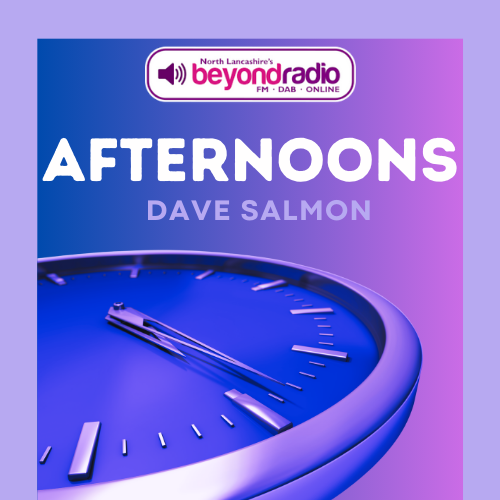

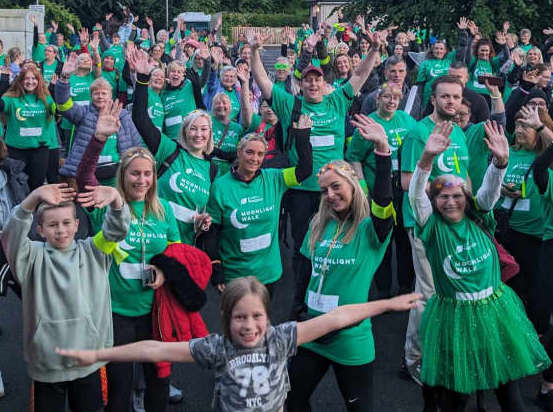 INTERVIEWS and PHOTOS: Hundreds take part in incredible return for St John's Hospice Moonlight Walk
INTERVIEWS and PHOTOS: Hundreds take part in incredible return for St John's Hospice Moonlight Walk
 Crews tackle fire on Morecambe seafront
Crews tackle fire on Morecambe seafront
 GENERAL ELECTION: Put your questions to the Morecambe & Lunesdale candidates for Beyond Radio debate
GENERAL ELECTION: Put your questions to the Morecambe & Lunesdale candidates for Beyond Radio debate
 Woman suffers serious facial injuries in alleged racially-aggravated assault in Lancaster
Woman suffers serious facial injuries in alleged racially-aggravated assault in Lancaster
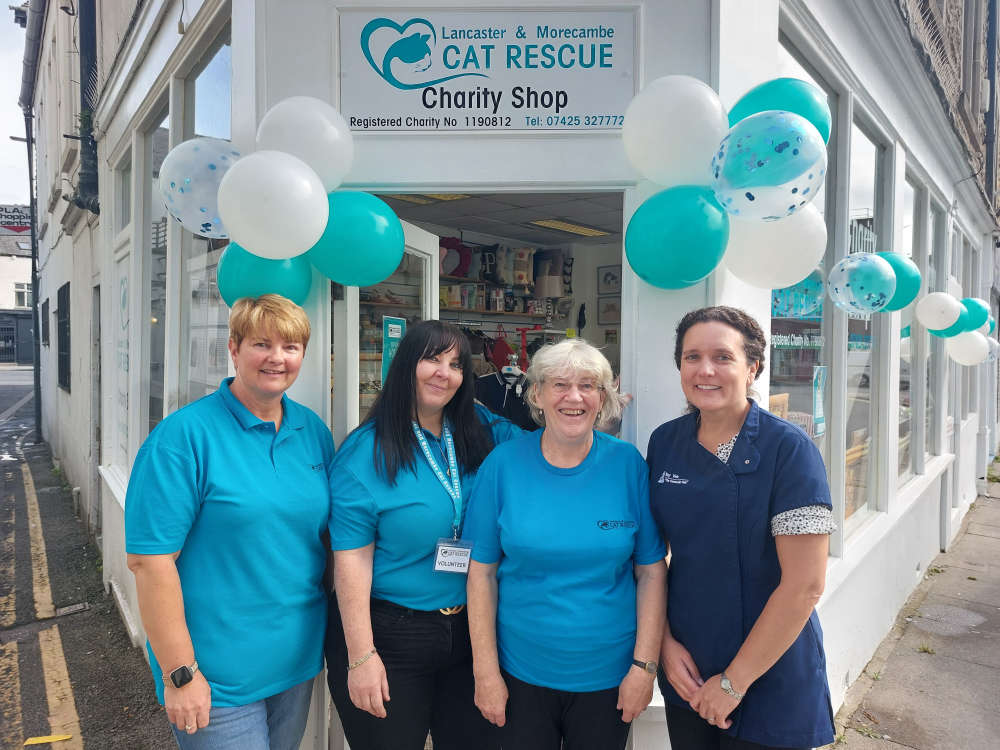 Morecambe champion of cats receives British Empire Medal in King's Birthday Honours List
Morecambe champion of cats receives British Empire Medal in King's Birthday Honours List
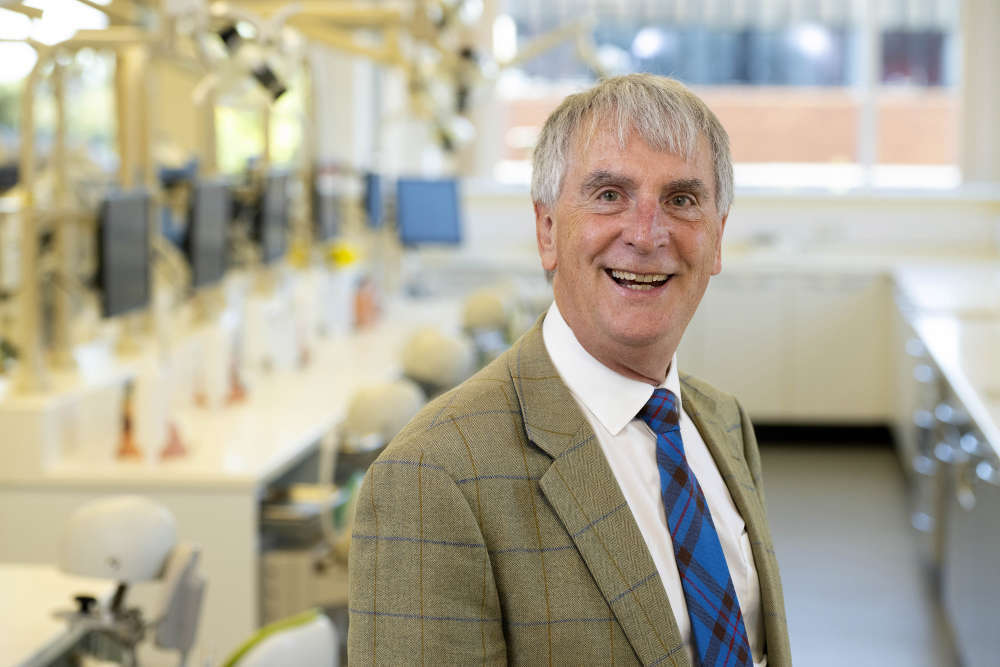 Academic awarded OBE for services to Lancaster and Silverdale
Academic awarded OBE for services to Lancaster and Silverdale
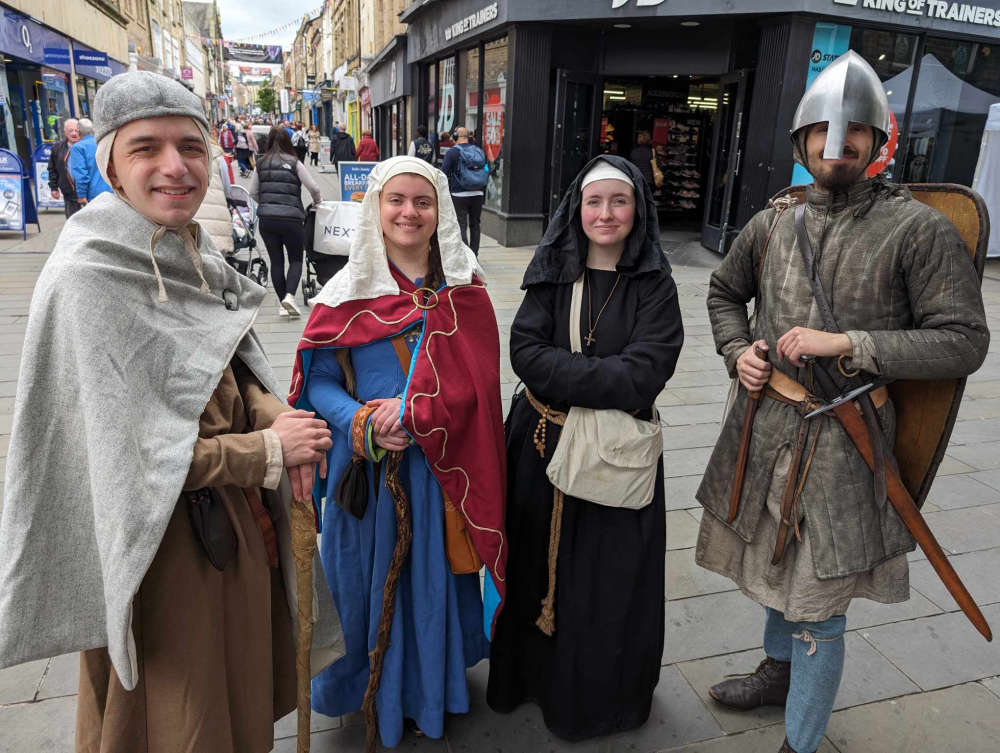 PHOTOS: Celebrating the first ever Lancaster Day
PHOTOS: Celebrating the first ever Lancaster Day
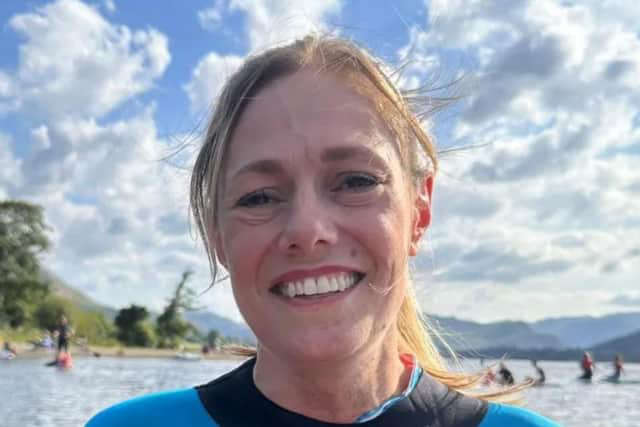 Tributes pour in for inspirational Morecambe cancer campaigner after message announcing her death
Tributes pour in for inspirational Morecambe cancer campaigner after message announcing her death
 Lancaster donor centre calls for help during National Blood Week
Lancaster donor centre calls for help during National Blood Week
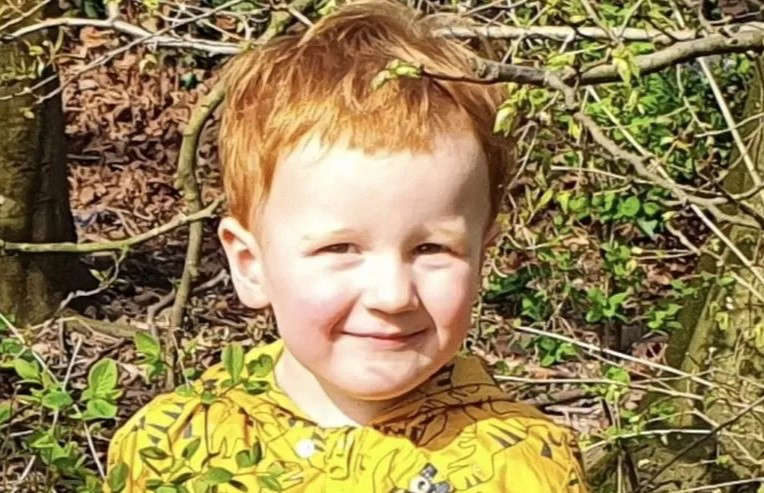 INTERVIEW: Nanna's hopes for 'Forget-me-not' garden in memory of little grandson who died in gas explosion
INTERVIEW: Nanna's hopes for 'Forget-me-not' garden in memory of little grandson who died in gas explosion
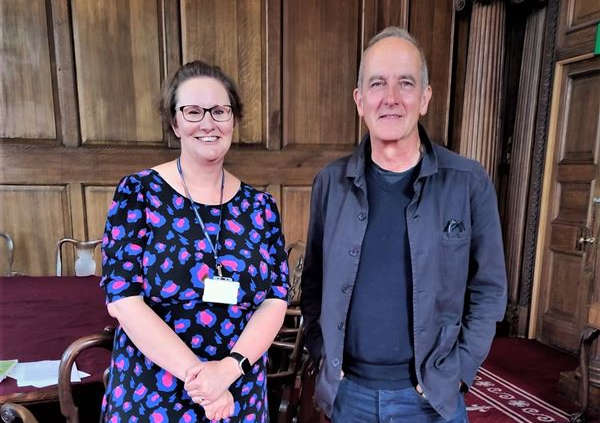 Project featured on 'The Great Climate Fight' TV show wins award for Lancaster City Council
Project featured on 'The Great Climate Fight' TV show wins award for Lancaster City Council
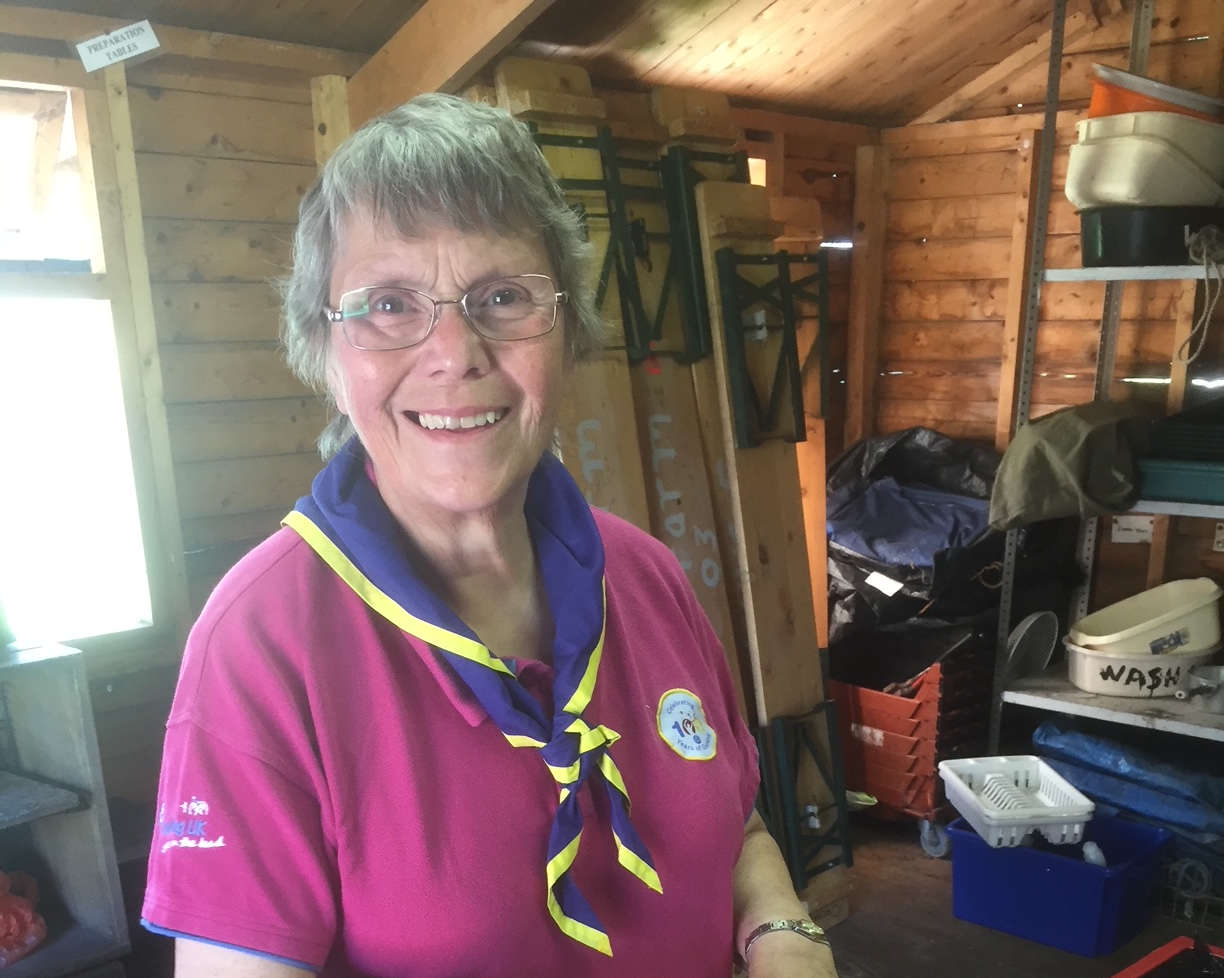 Tributes paid to leading light of Lancaster Girlguiding, theatre and hospital who had a heart of gold
Tributes paid to leading light of Lancaster Girlguiding, theatre and hospital who had a heart of gold
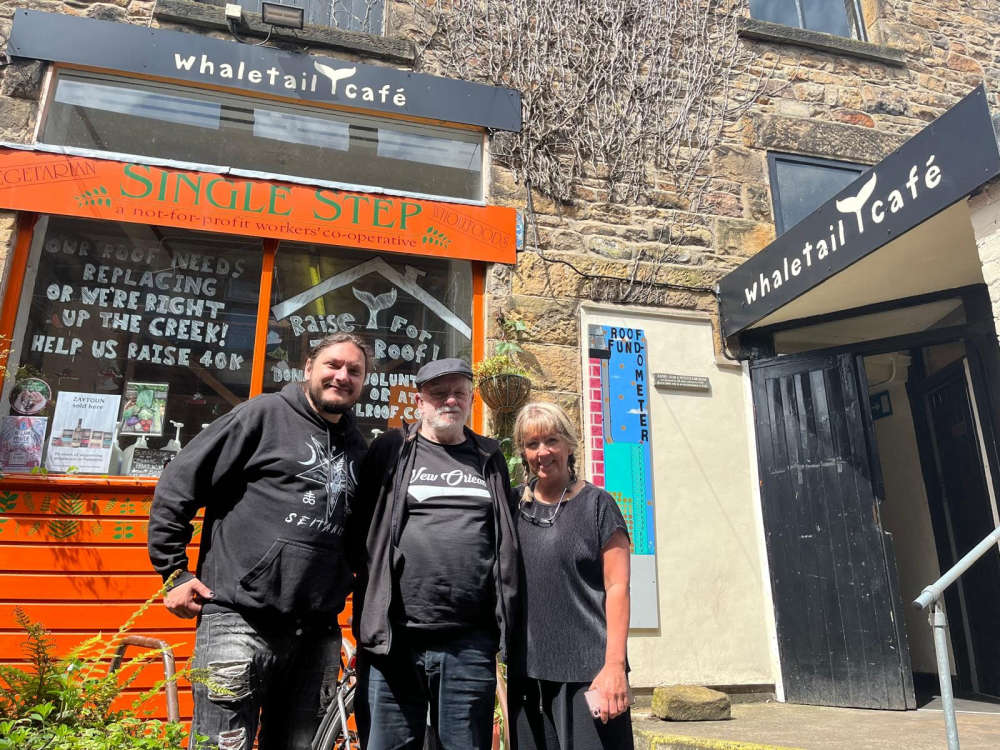 Delight at generous customer's £10K donation towards Lancaster cafe roof repair bid
Delight at generous customer's £10K donation towards Lancaster cafe roof repair bid
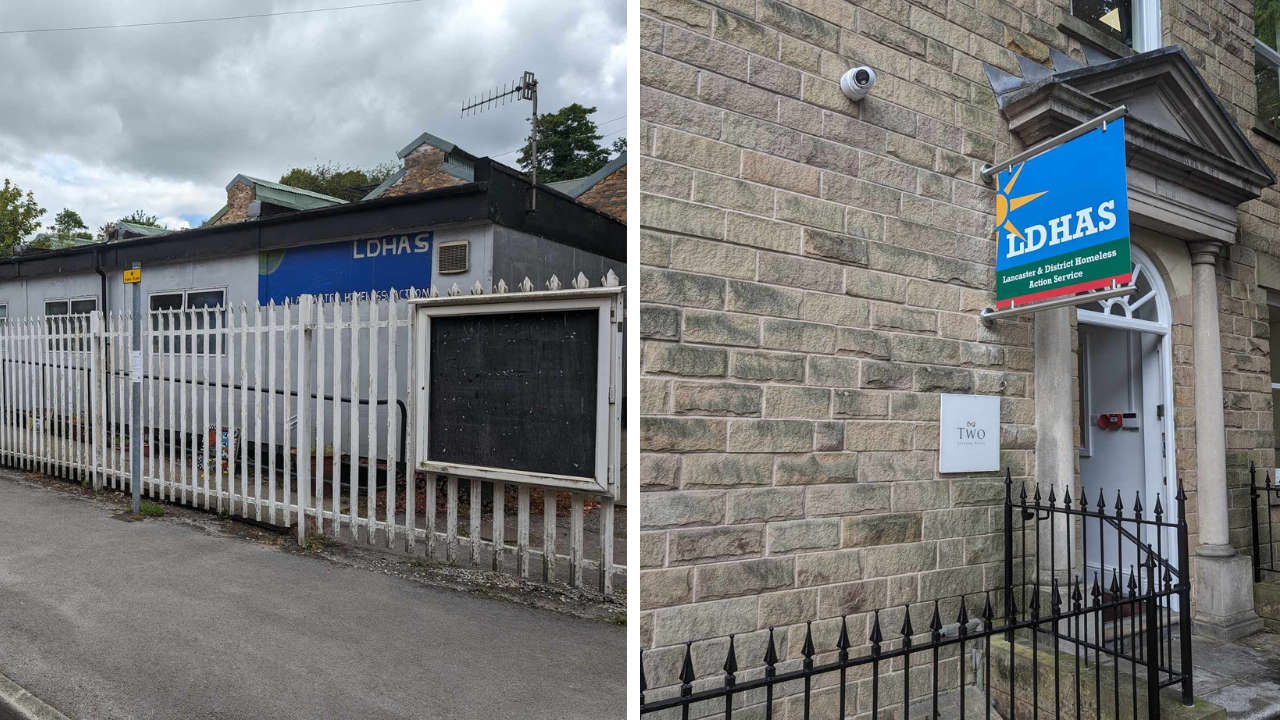 Lancaster homeless service settles in to new centre as plans go in to demolish former home
Lancaster homeless service settles in to new centre as plans go in to demolish former home
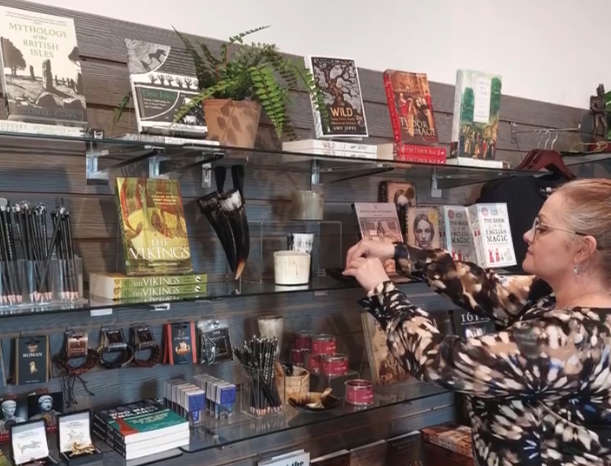 PHOTOS: Inside the new look Lancaster City Museum shop
PHOTOS: Inside the new look Lancaster City Museum shop
 PHOTOS: Thousands enjoy return of Morecambe steampunk festival
PHOTOS: Thousands enjoy return of Morecambe steampunk festival
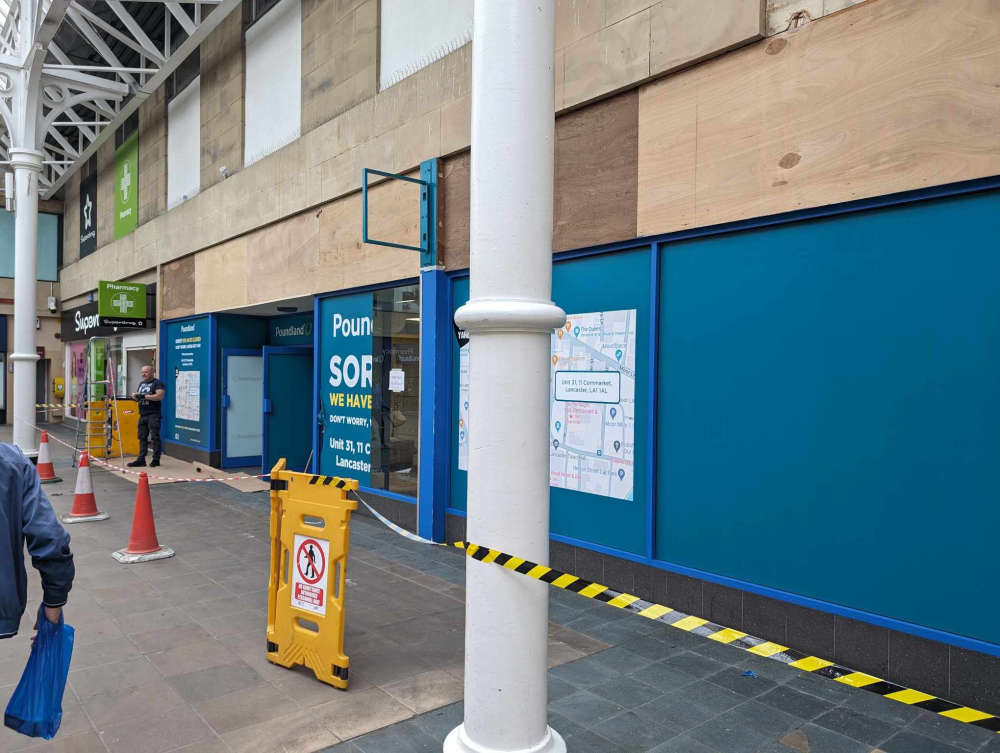 New 'One Beyond' discount store to open in former Poundland in Lancaster
New 'One Beyond' discount store to open in former Poundland in Lancaster
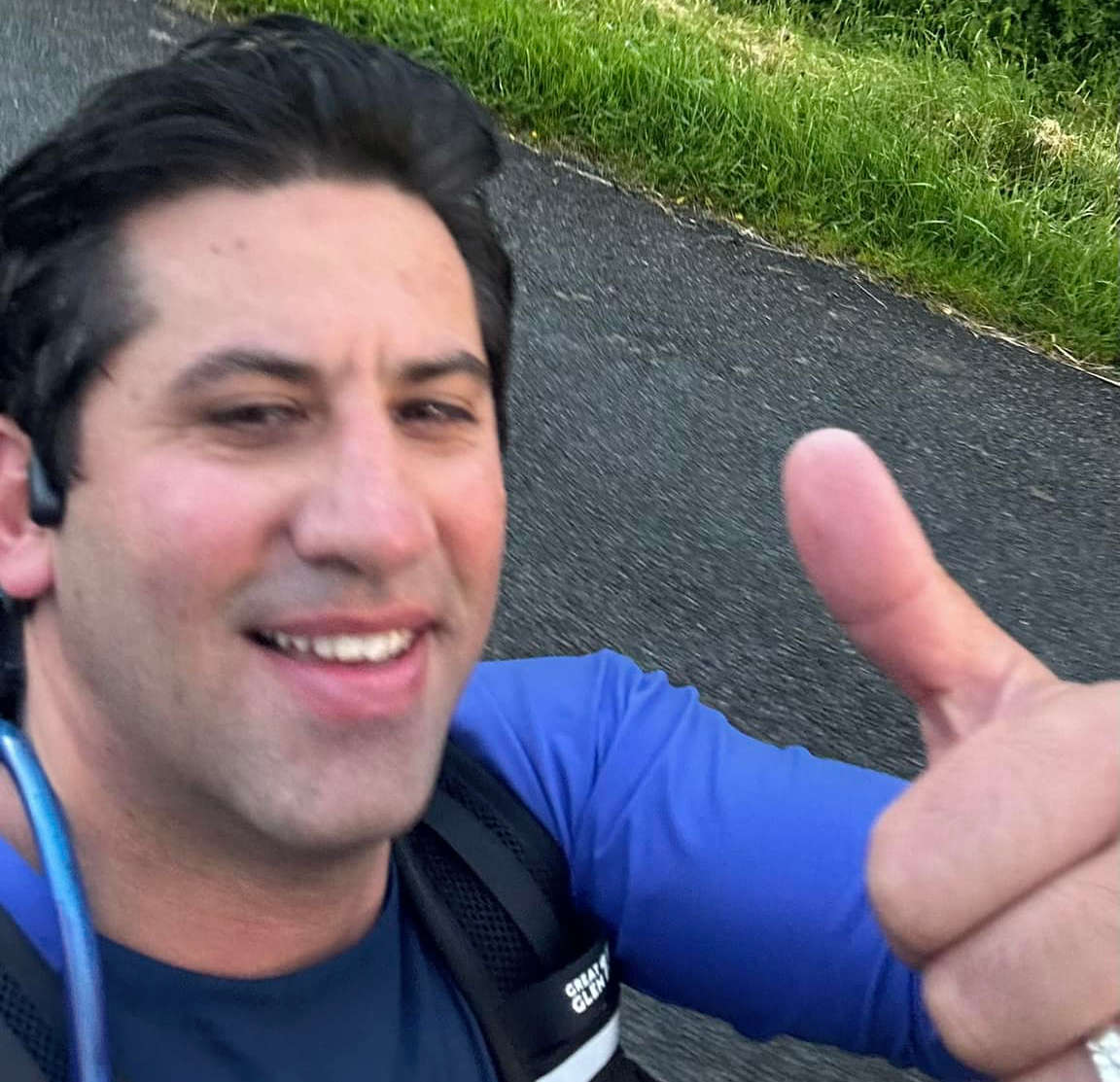 Morecambe businessman set to go from 'couch to 110k' with first ultra marathon
Morecambe businessman set to go from 'couch to 110k' with first ultra marathon
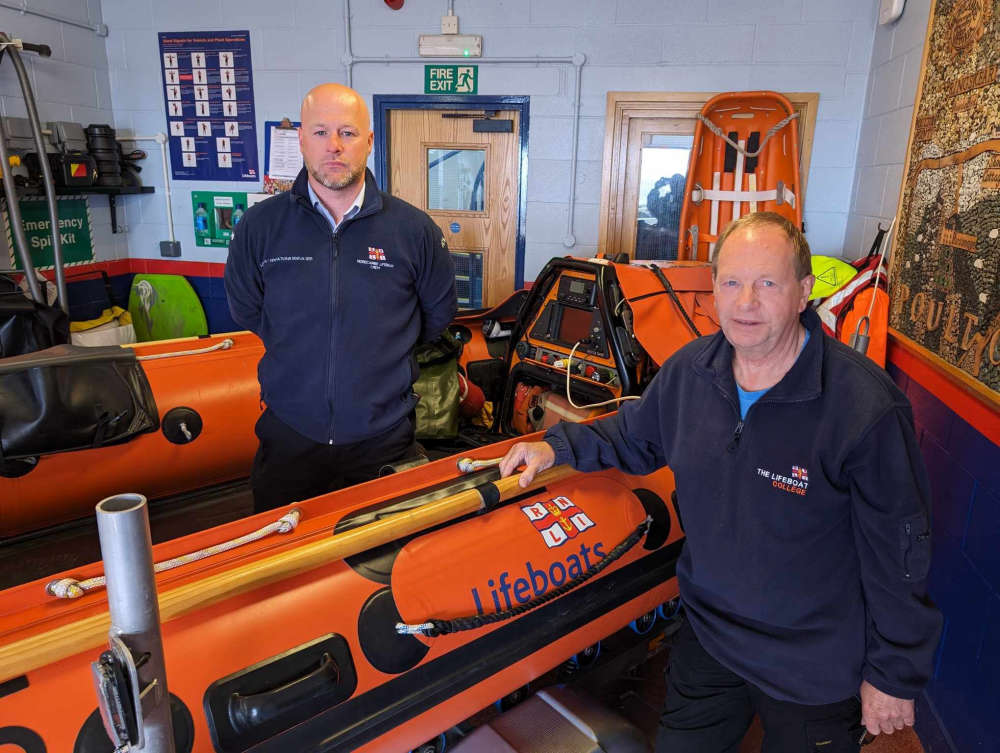 INTERVIEW: Morecambe lifeboat crew reflect on 200 years of history
INTERVIEW: Morecambe lifeboat crew reflect on 200 years of history
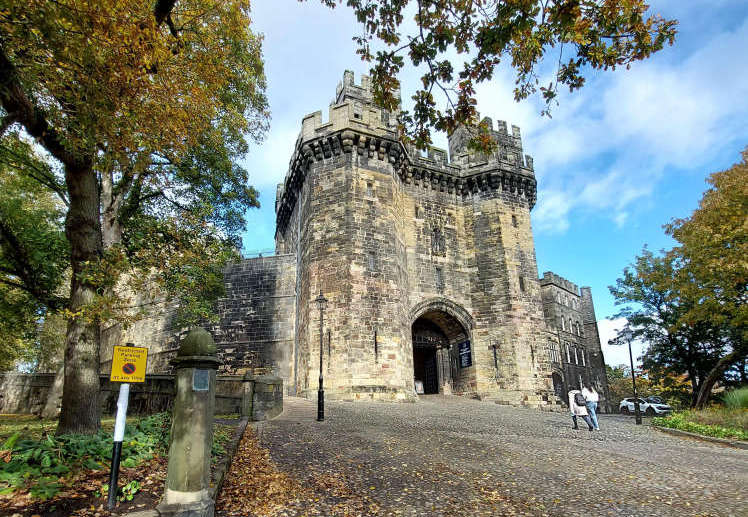 First ever 'Lancaster Day' to celebrate city's heritage and history
First ever 'Lancaster Day' to celebrate city's heritage and history





